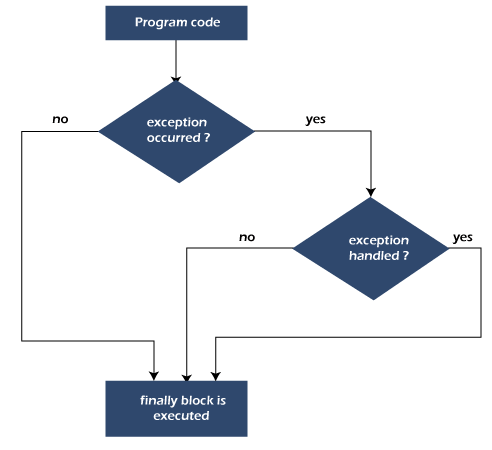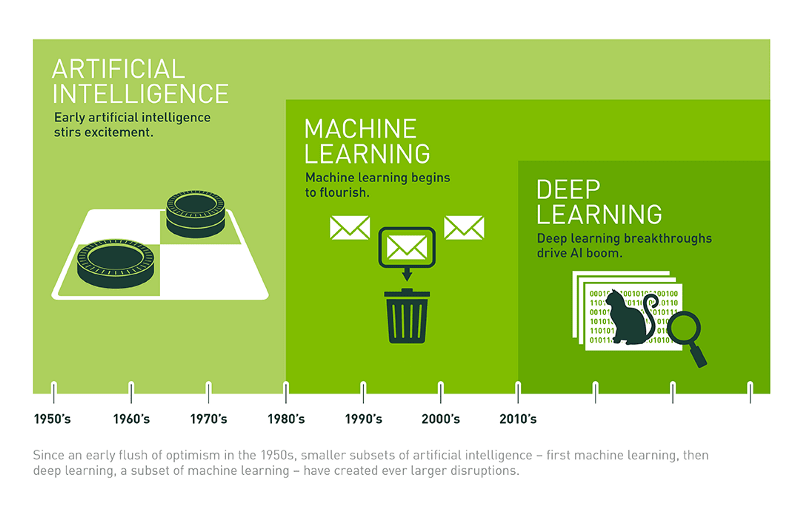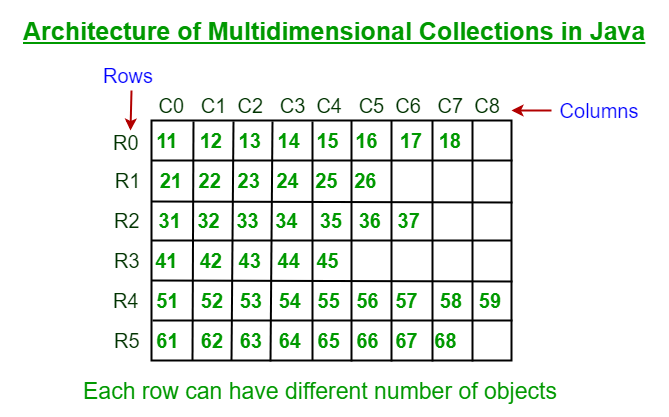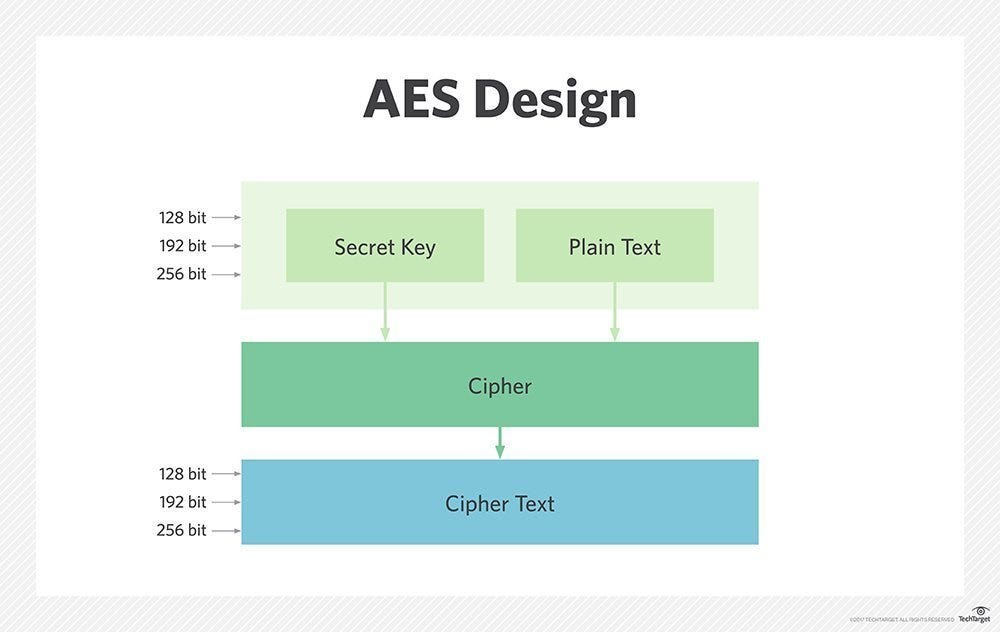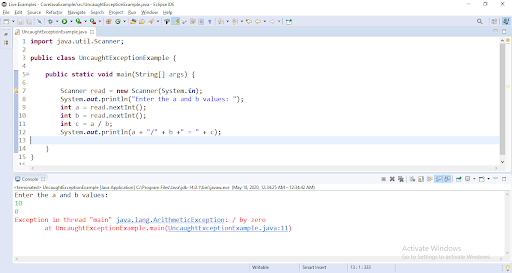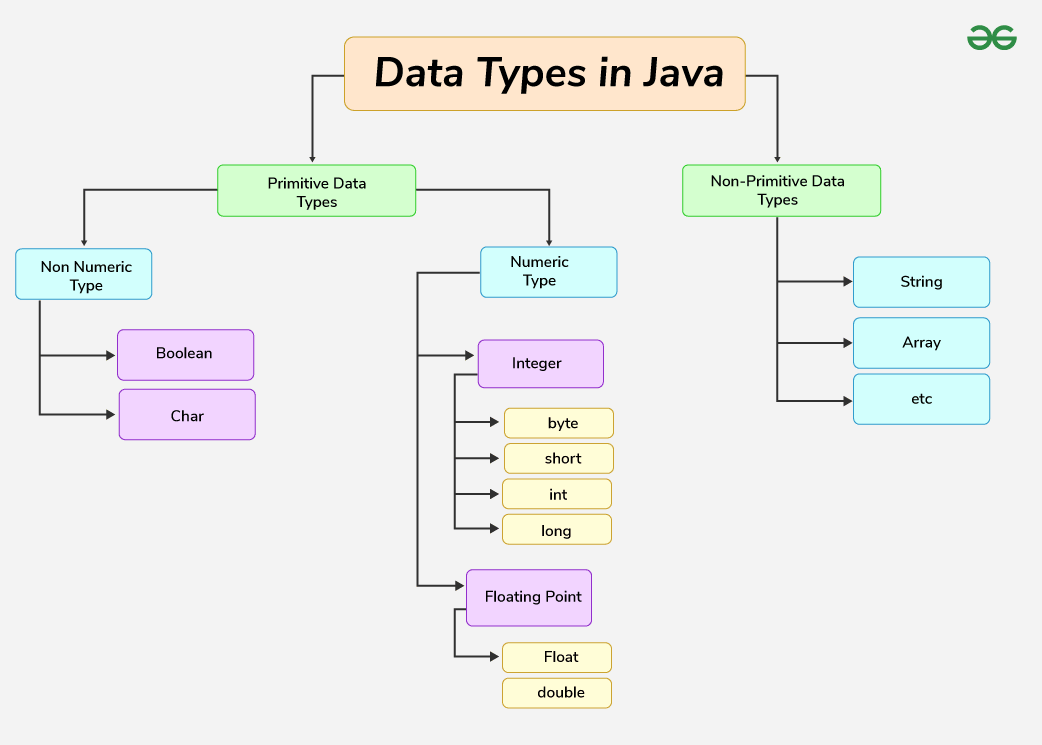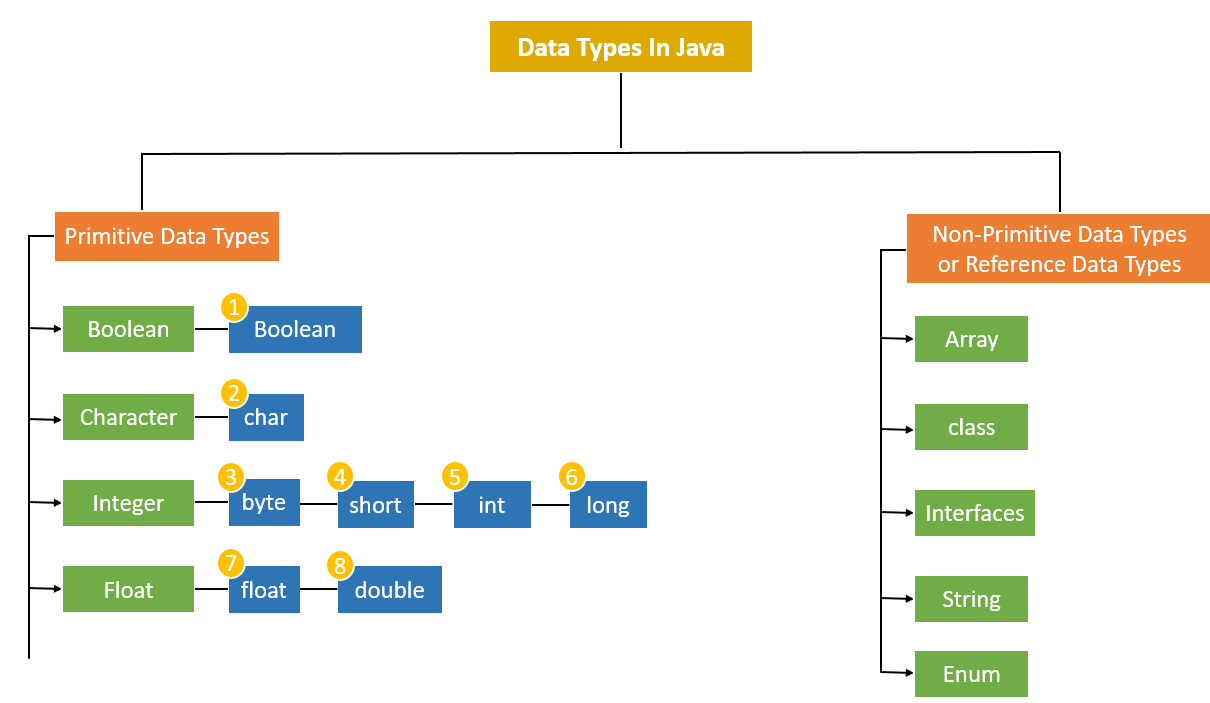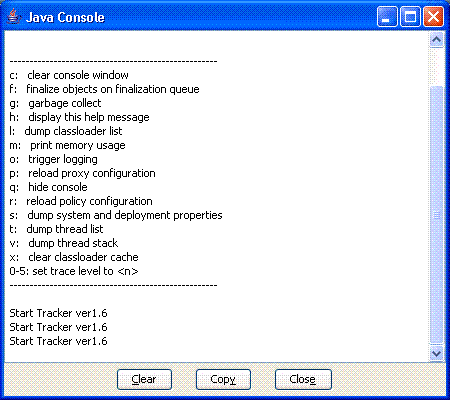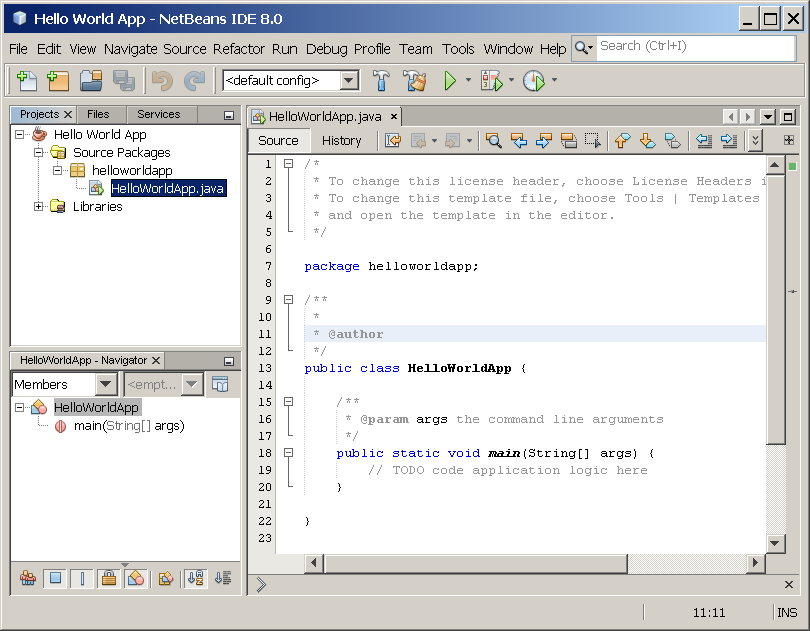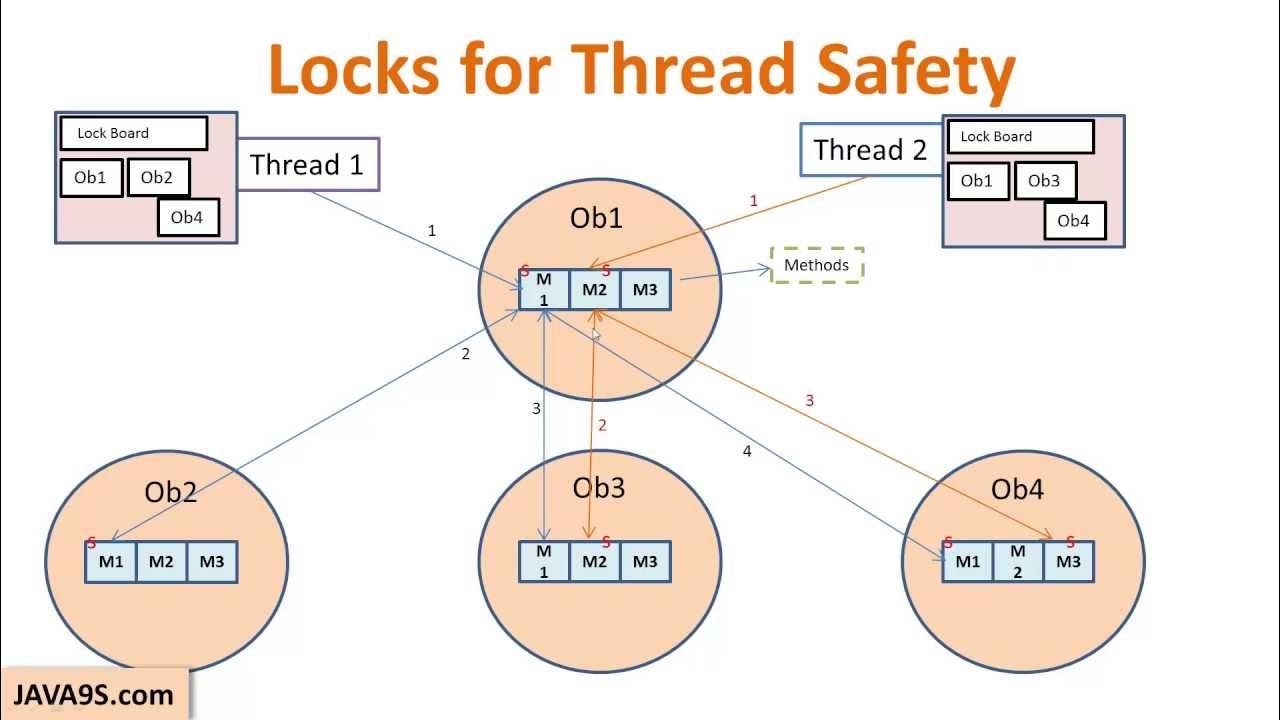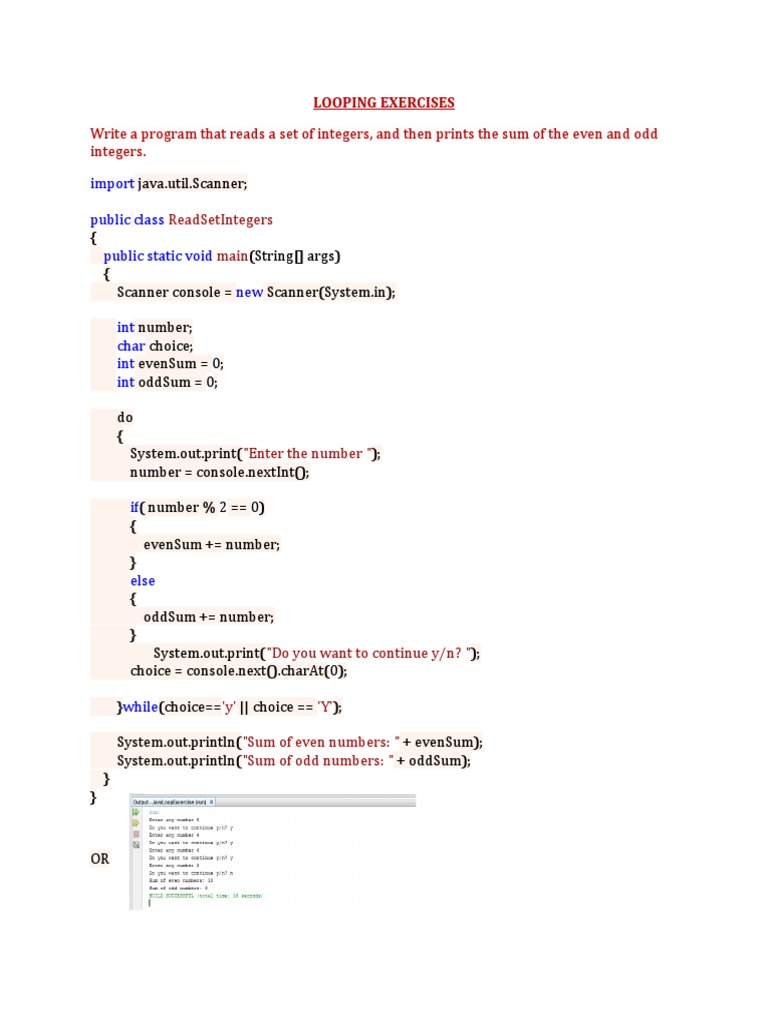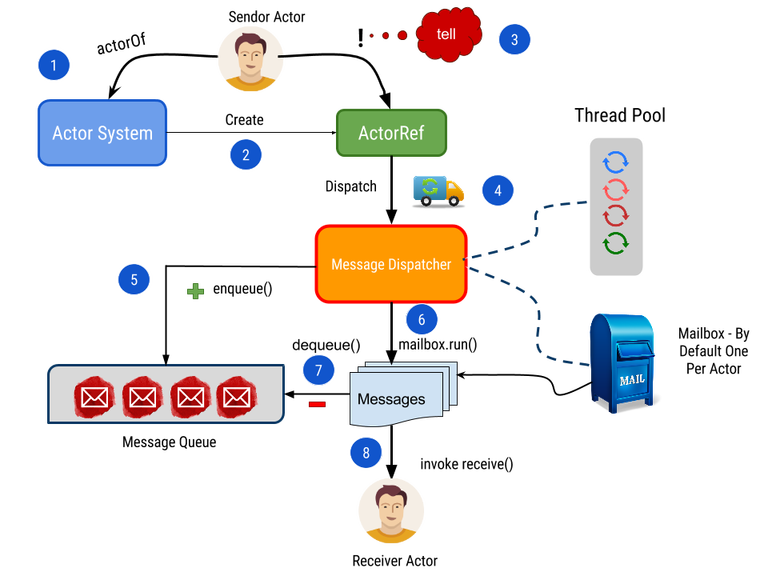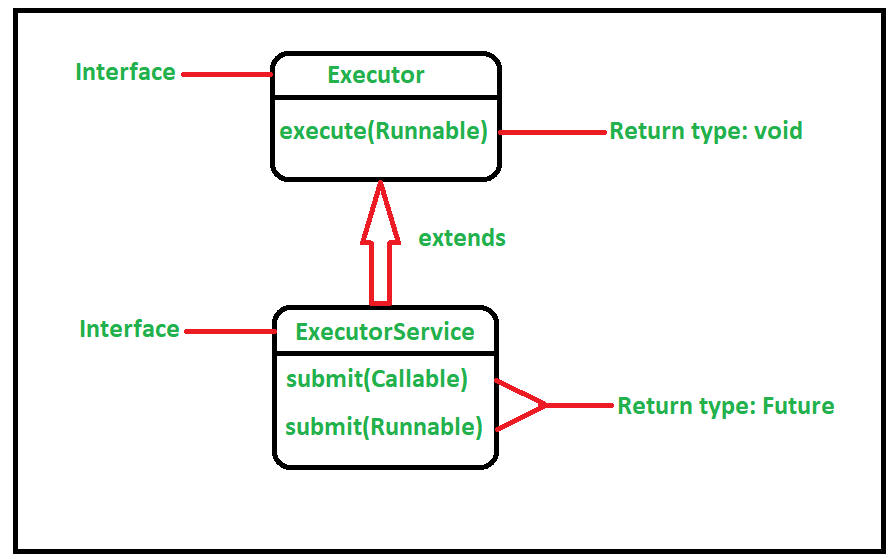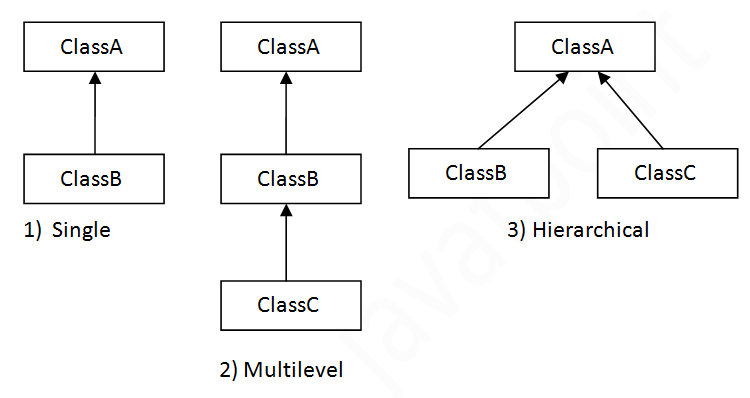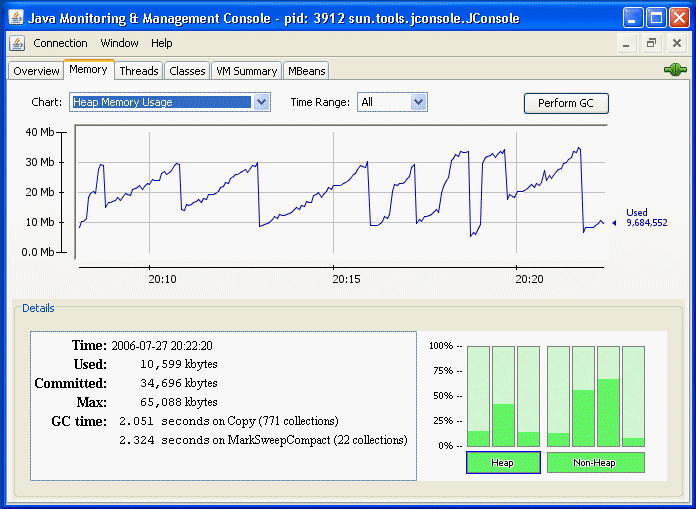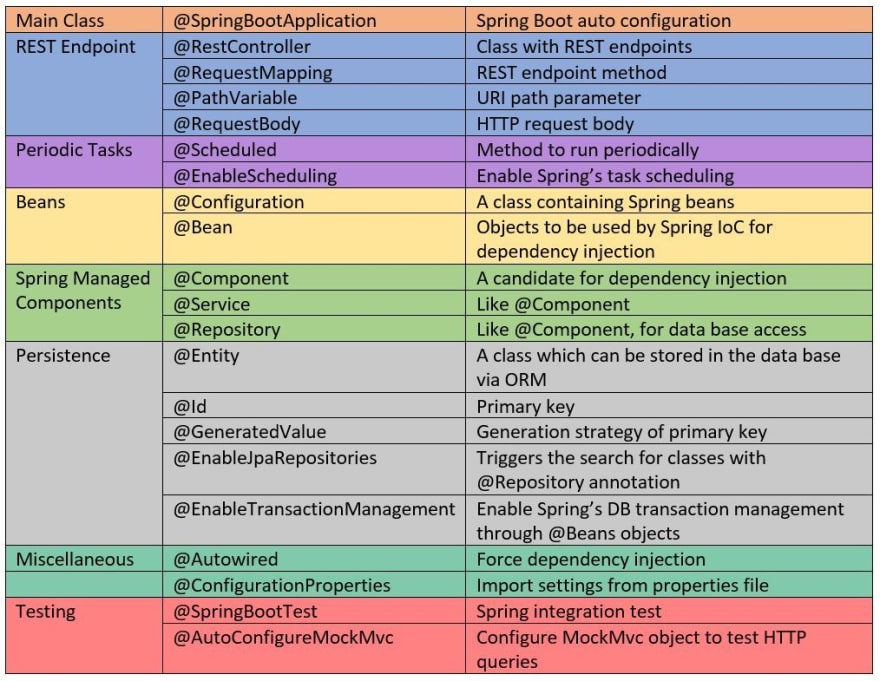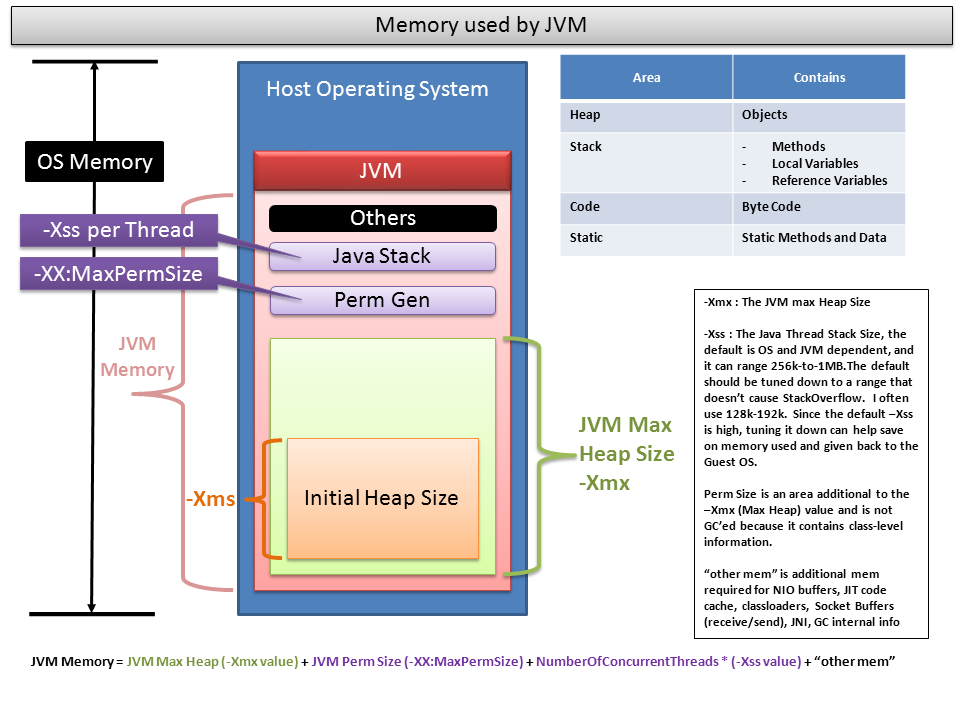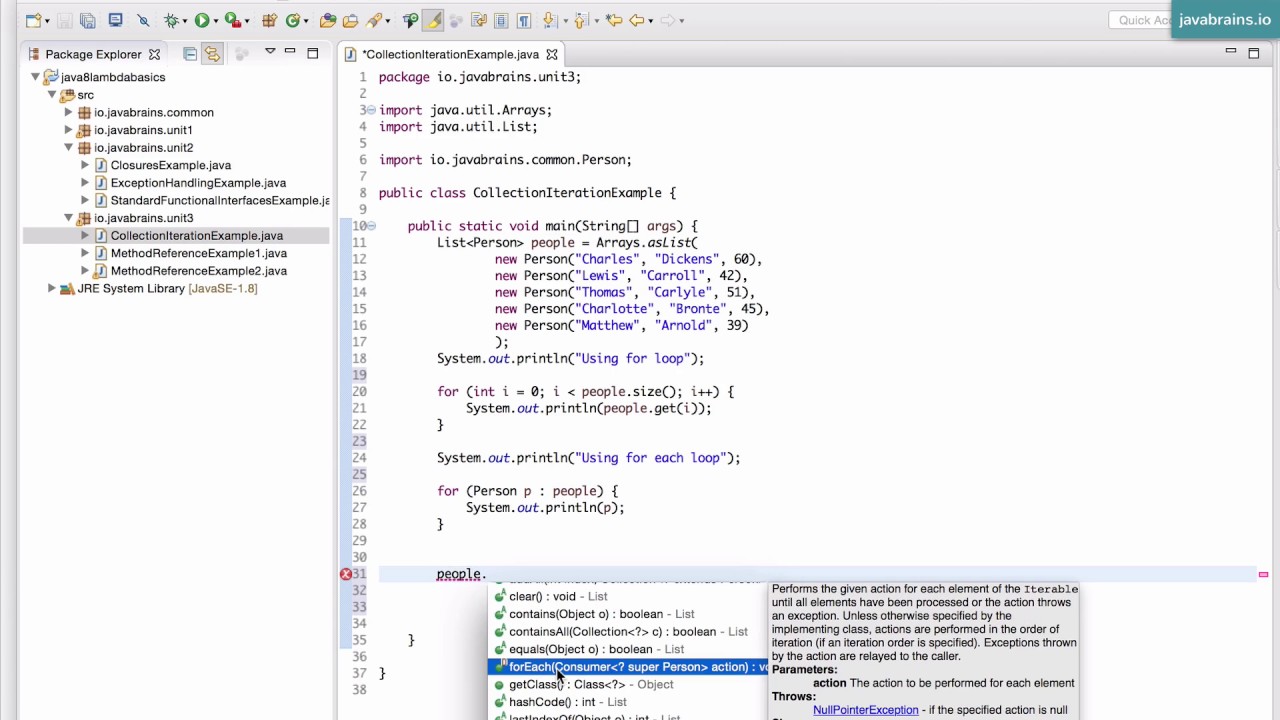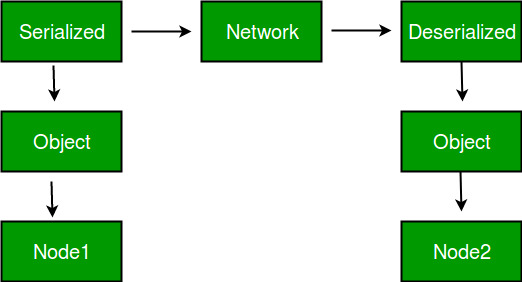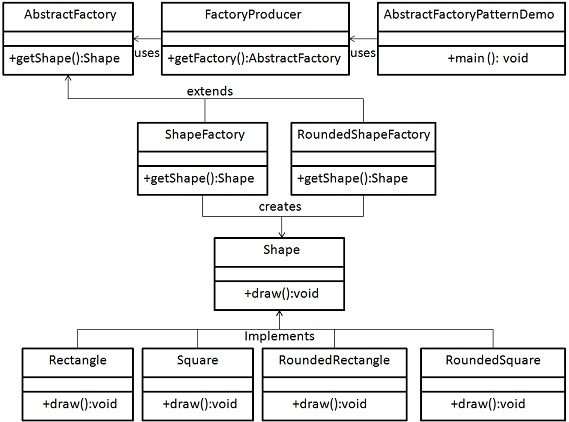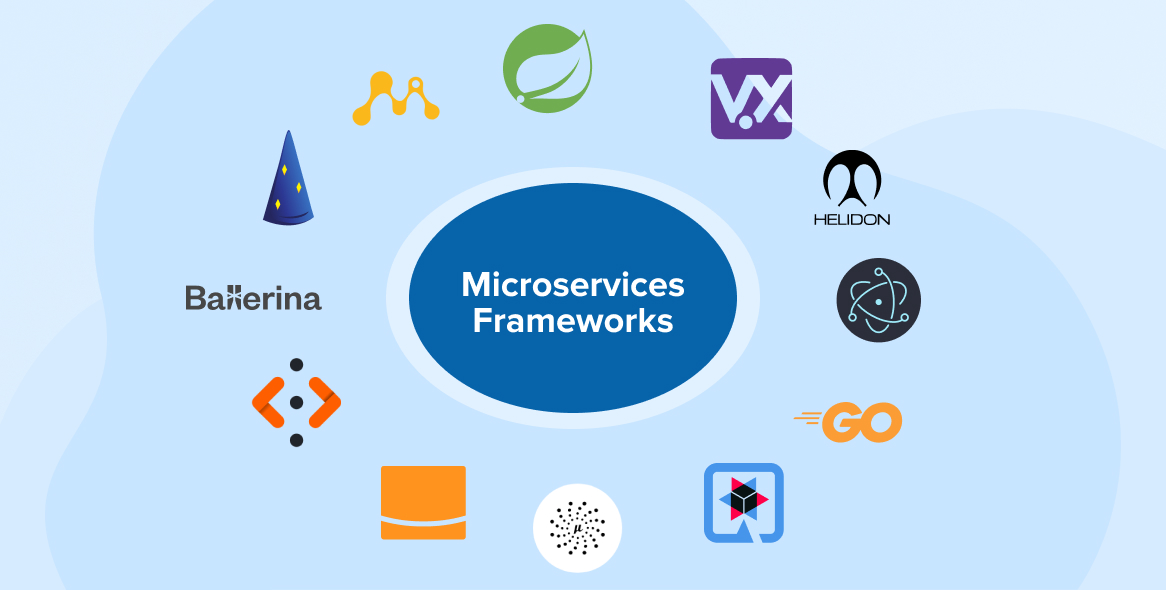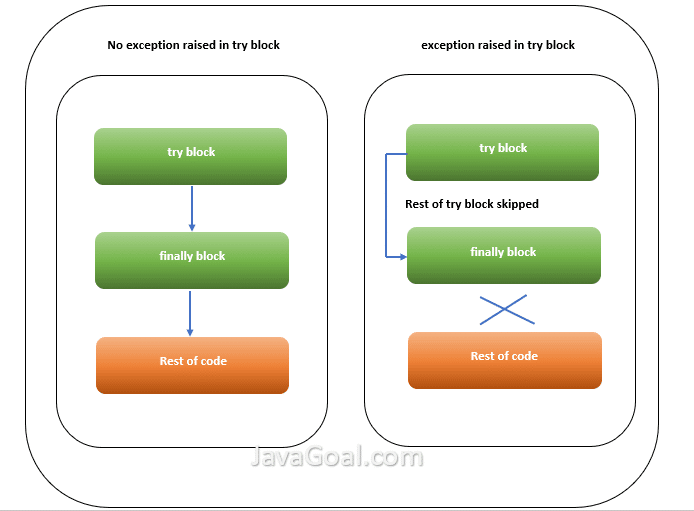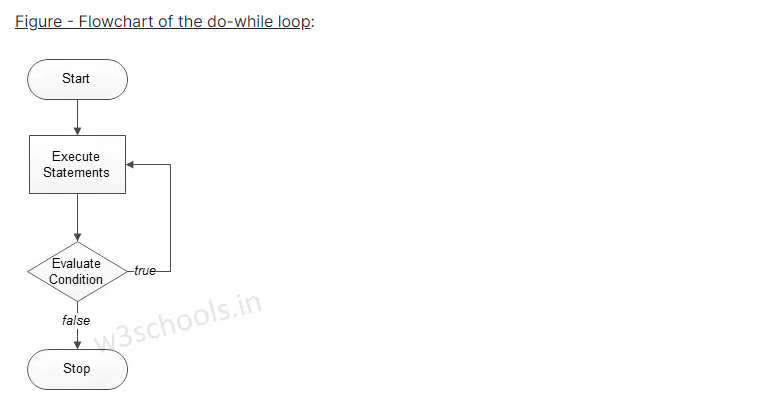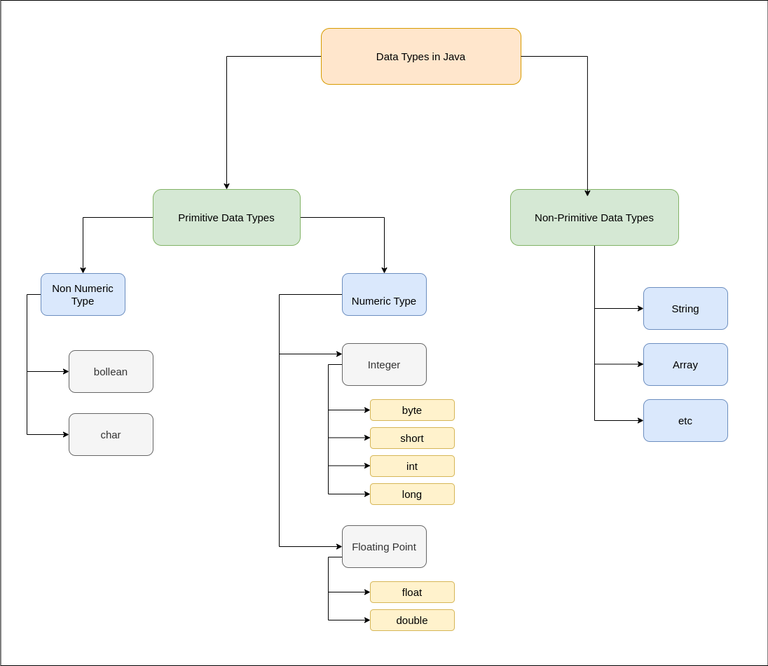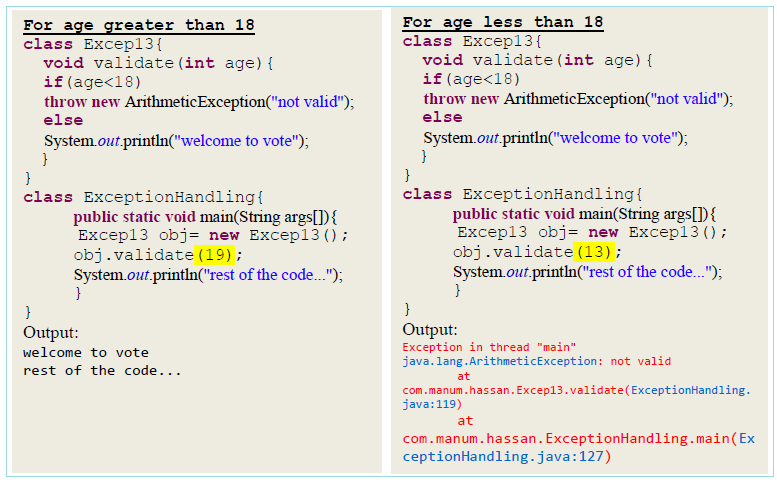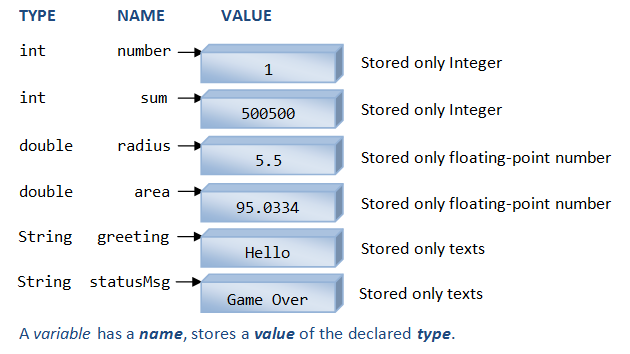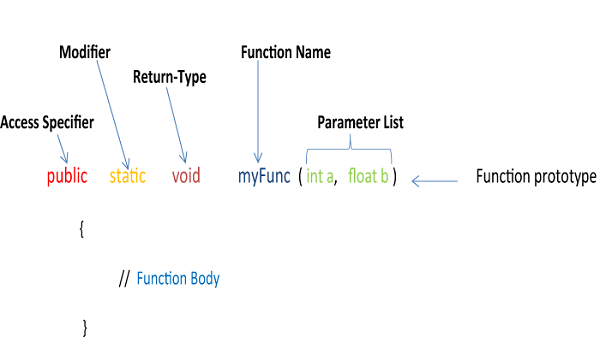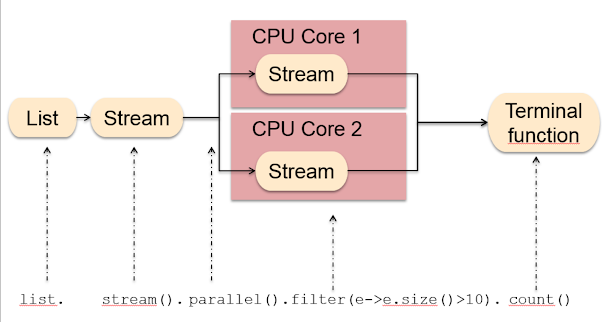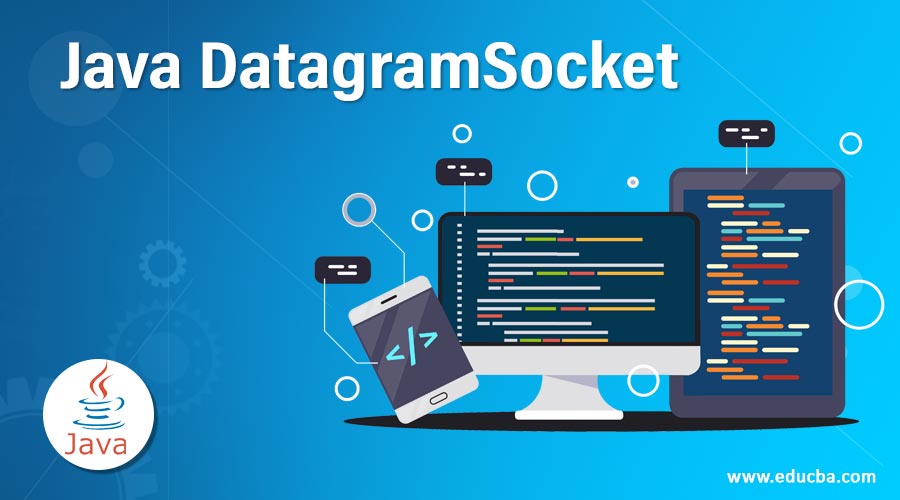Java dependency injection tutorial
Java dependency injection tutorial
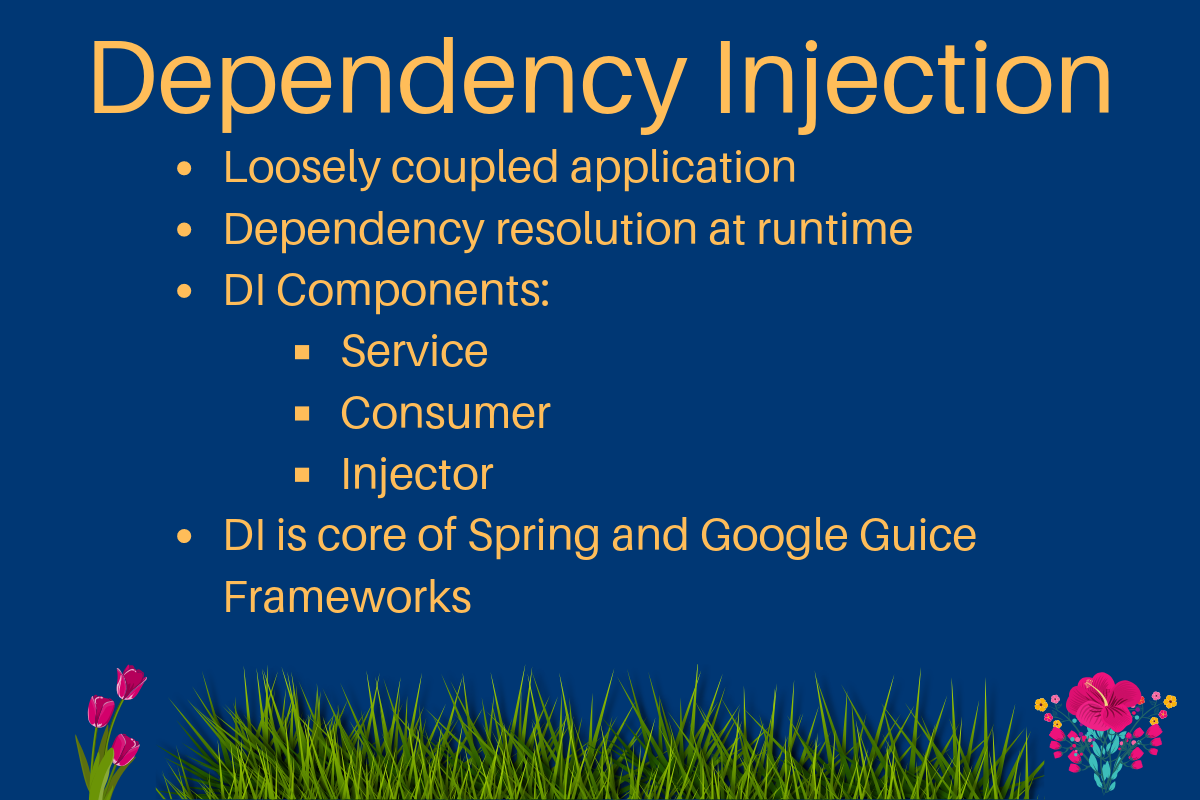
Here is a comprehensive Java dependency injection tutorial:
What is Dependency Injection?
Dependency injection (DI) is an approach to software development that helps reduce the complexity of code by separating the creation and management of objects from their use. In other words, instead of creating objects manually within your code, you inject them into your object graph at runtime. This makes your code more modular, reusable, and easier to test.
Why Do We Need Dependency Injection?
In traditional programming, objects often create or manage the objects they depend on. This can lead to:
Tight Coupling: Objects become tightly coupled with each other, making it difficult to change one without affecting others. Complexity: Creating and managing objects becomes a complex task, making code harder to understand and maintain. Rigidity: Changing dependencies requires modifying the object's implementation, which can be challenging.How Does Dependency Injection Work?
DI involves three main components:
Components: These are the objects that need dependencies (the consumers). Providers: These are the objects that create and manage the dependencies (the suppliers). Dependency Resolver: This is an intermediary object that connects the providers with the consumers.Here's a step-by-step example of how DI works:
A consumer class,Car, needs a dependency on an engine. An engine provider class, EngineProvider, creates and manages instances of Engine. The dependency resolver, DependencyResolver, is responsible for injecting the engine into the car.
In this example, the Car class no longer needs to create or manage its own engine instance. Instead, it simply asks the DependencyResolver for an Engine object, and the DependencyResolver handles creating and injecting it.
Java Dependency Injection Frameworks
There are several popular Java dependency injection frameworks:
Google Guice: A popular framework that allows you to bind components to providers using annotations. Spring: A widely-used framework that provides a comprehensive DI container for managing dependencies. CDI (Contexts and Dependency Injection): A Java EE specification that provides a standard API for DI.Best Practices
When implementing dependency injection in Java:
Use a consistent naming convention: Use a consistent naming convention for your components, providers, and interfaces. Keep interfaces separate: Keep your interface definitions separate from your implementation classes to promote flexibility. Use constructor injection: Pass dependencies as constructor arguments to ensure objects are properly initialized. Avoid circular dependencies: Ensure that the dependency graph does not contain circular dependencies.Conclusion
Dependency injection is a powerful approach to software development that can help reduce complexity and improve maintainability. By separating object creation and management from their use, you can write more modular, reusable, and testable code. In this tutorial, we explored the basics of DI and covered popular Java frameworks for implementing it. With practice and experience, you'll become proficient in using dependency injection to build robust and scalable software systems.
Thank you for reading!
What is dependency injection in Java interview questions?
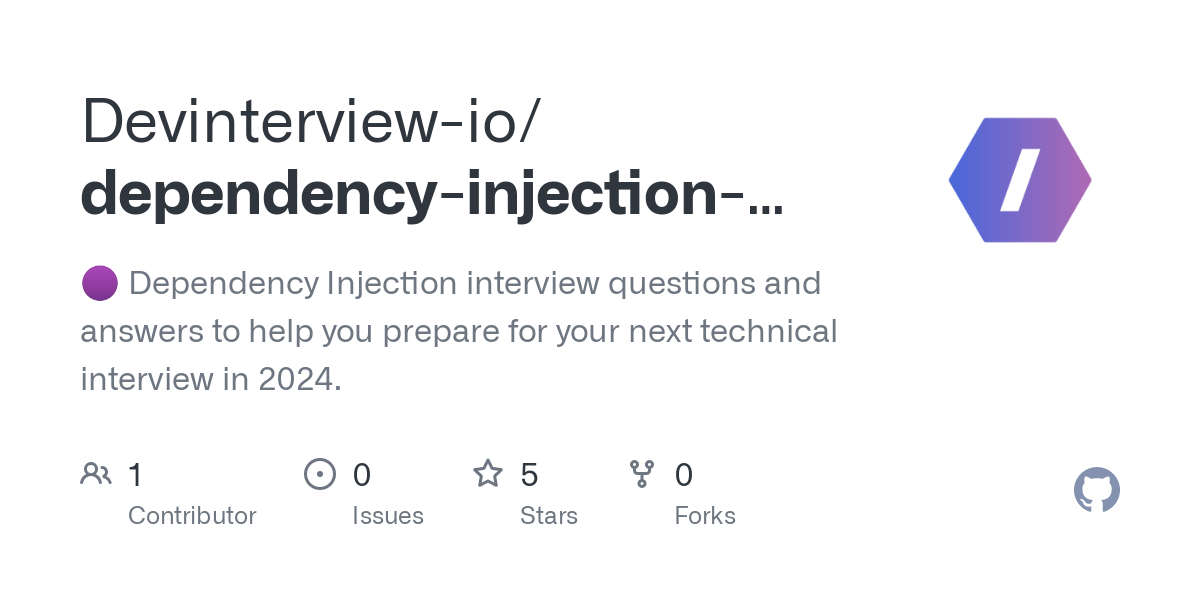
I'd be happy to explain what dependency injection is and provide some common interview questions related to this concept in Java.
What is Dependency Injection?
Dependency injection (DI) is a software design pattern that allows components to be loosely coupled, making it easier to test, maintain, and extend the system. In traditional coupling, objects are tightly connected through constructors or methods, which makes them hard to change independently. DI helps eliminate this tight coupling by injecting dependencies into an object, rather than having the object create its own dependencies.
In Java, DI is commonly implemented using frameworks such as Spring, Guice, and Google's Inject. It allows you to define interfaces for your dependencies and inject instances of those dependencies into your objects. This decouples your objects from their dependencies, making it easier to switch between different implementations or test them in isolation.
Common Interview Questions about Dependency Injection in Java
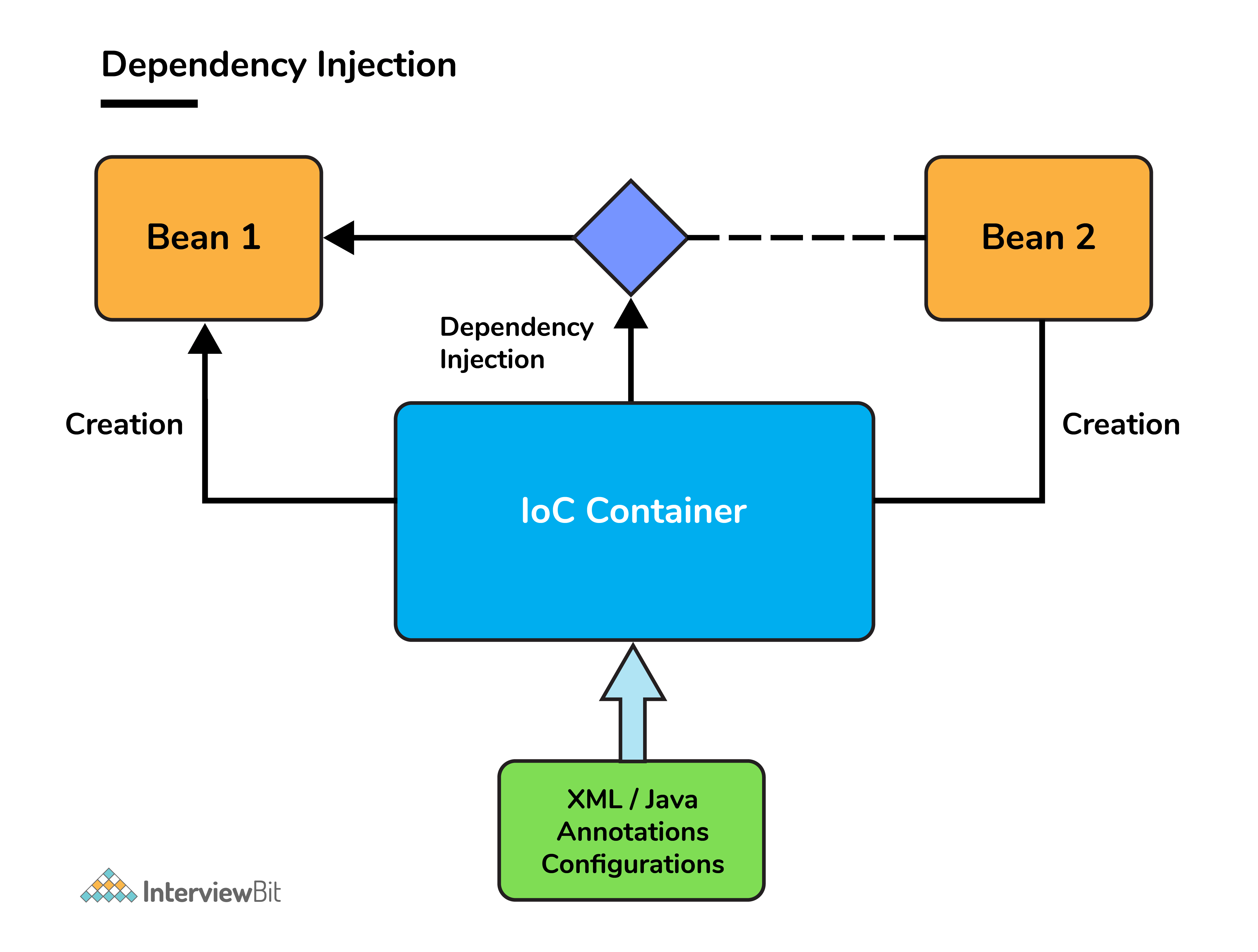
Answer: The primary goal of dependency injection in Java is to reduce coupling between objects by injecting dependencies rather than having them create their own.
How does Spring's @Autowired work in Java?Answer: Spring's @Autowired annotation allows you to inject dependencies into an object, making it easy to decouple objects from their dependencies and improve testability.
Answer: The key advantages of using DI in Java include improved maintainability, easier testing, and reduced coupling between objects.
Can you explain the difference between constructor injection and setter injection?Answer: In constructor injection, dependencies are passed to an object through its constructor. Setter injection involves setting dependencies on an object after it has been constructed.
How do you handle multiple constructors or no-arg constructors when using dependency injection in Java?Answer: You can use the @ Qualifier annotation or @Inject with a specific method to specify which constructor or setter to use for injection.
Answer: Interfaces play a crucial role in DI, as they define the contracts that objects must fulfill. This allows you to decouple your objects from their dependencies and switch between different implementations.
Can you provide an example of using Guice's @Inject annotation for dependency injection in Java?Answer: Yes, here is a simple example:
@Singleton
public class MyService {
@Inject
public MyService(Database database) {
// Use the injected database instance
}
}
Answer: To resolve circular dependencies, you can use a combination of @Provides and @Singleton annotations, along with careful consideration of your object's lifetimes.
Answer: Key best practices include using interfaces to define contracts, injecting dependencies through constructors or set methods, and minimizing the number of dependencies an object has.
How does dependency injection improve testability in Java?Answer: By decoupling objects from their dependencies, DI makes it easier to write unit tests for your code, as you can mock out dependencies and focus on testing individual components.
These questions and answers should provide a solid foundation for understanding dependency injection in Java.
